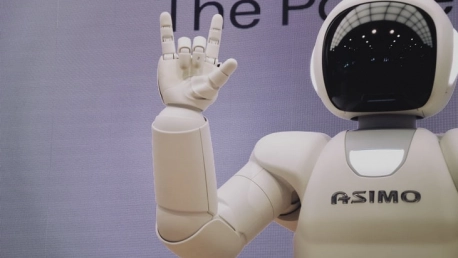COVID-19 case numbers remain high across the US. Nonetheless, reports of new cases are dropping, as Americans are following President Trump’s Guidelines for Opening Up America Again. Authorities around the country are advising employers to encourage social distancing and provide protective equipment for their employees, check their temperature, test, isolate, and contact trace after an employee tests positive. They are also advocating sanitation, disinfection, and new rules regarding business travel. While companies are to monitor workers for symptoms, state and local officials are also advised to follow the guidelines. However, the three-phased approach may not be the only way to fight the pandemic.
The number of COVID-19 infections started to decrease as many states brought back restrictions on public gatherings, imposed new prevention rules, and required people to wear masks in public. However, more than 1,000 people were lost the battle with COVID-19 every day this month. With concerns regarding the pandemic still high, governments around the world turn to technology for new answers.
Using Technology to Fight COVID-19
The European Parliament released an analysis showing how ten different technologies can and should be used in the fight against the new coronavirus. While one of the key points of the report is the use of artificial intelligence, this investigation also focuses on other technologies, on the possible legal hurdles, and on socio-ethical issues. While the Office of the Assistant Secretary for Preparedness and Response (ASPR) of the U.S. Department of Health and Human Services is developing new medical treatments, European Union authorities are also looking at new technologies that could play a big role in future emergency responses. The report focuses on ten promising technologies: artificial intelligence (AI), blockchain, open-source technologies, telehealth technologies, three-dimensional printing, gene-editing technologies, nanotechnology, synthetic biology, drones, and robots.
While the use of AI and data science is already well-known in the US, countries around the world have also discovered new interesting ways of using other technologies to fight COVID-19. However, no solution comes without ethical questions.
Ethical Concerns Regarding Telehealth
Telemedicine systems have become a key component of the worldwide COVID-19 response, but authorities should also recognize the legal and ethical issues accompanying this new technology. The Office for Civil Rights at the US Department of Health and Human Services allowed healthcare providers around the country to use apps to examine and treat patients during the pandemic, with no risk of infringing on the Health Insurance Portability and Accountability Act (HIPAA).
Telemedicine may provide good ways to respond while in a crisis, but is it the best way of providing healthcare services in normal conditions? The use of telehealth apps comes with potential privacy and confidentiality problems and may not be easily available to everyone. Experts are also considering the fact that telehealth may deprive patients of essential human-to-human connection with their health care providers.
Limits of Three-dimensional Printing
Italy has already shown that 3D printing can contribute significantly to sourcing necessary medical equipment during supply shortages. Engineering company Isinnova provided 3D printing services to a hospital in Brescia where many patients needing mechanical ventilators. Even though many lives were saved thanks to this decision, the use 3D printing also raises some concerns.
Contract law and civil liability issues may appear when using this technology, as well as data protection and intellectual property problems. Authorities may need to consider copyright, patents, designs, 3D trademarks, and many other equally important issues. With 3D printing being a relatively new technology, challenges in meeting quality standards in some manufacturing facilities may prove an even bigger concern.
Problems with Gene-editing Technologies
As COVID-19 continues to spread, governments and scientists around the world are rushing to develop treatments for it. For now, no vaccine or treatment is good enough to protect people, although some antiviral therapies do offer positive results. One of the novelties that have been stoking hopes of more accurate diagnostics and more effective treatments is CRISPR (Clustered Regularly Interspaced Short Palindromic Repeats)-Cas9 (CRISPR-associated protein 9). Other gene-editing technologies are also considered.
Recent studies have shown that CRISPR/Cas9 is a powerful and accessible genome‐editing tool that has the potential to revolutionize research, science, and medicine. But while a CRISPR/Cas9-based strategy was shown to degrade SARS-CoV-2 sequences and the live influenza A virus genome in human lung epithelial cells, this technology comes with important ethical concerns. Gene-editing technologies could not only make changes in the human genome, but they could also be used for biological warfare.
Ethical guidelines should be discussed and adopted to minimize the risks associated with new technologies and their use during a pandemic. Governments, scientists and healthcare providers around the world should develop and use these guidelines not only during crises, but also on a day-to-day basis. Socio-ethical problems are still an important concern when considering the use of these new technologies in a public health emergency. With no available treatment, prevention seems to be the better or, at least, the safer option.









